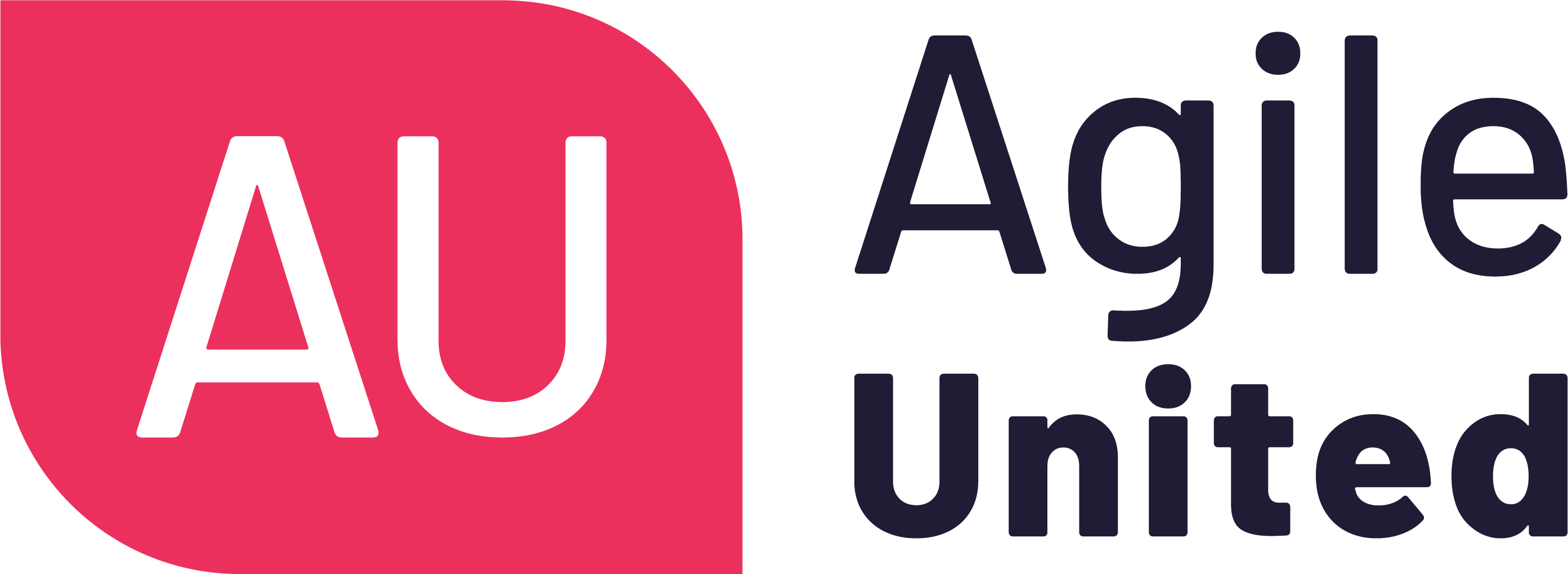
Description
Agile United – Foundations in BDD with Cucumber (AU – BDD Cuke) is a three-day, intensive, hands-on and interactive training designed to give participants a solid, practical understanding of Behaviour-Driven Development (BDD) and how to apply it effectively using Cucumber, Gherkin, TestNG and modern API testing tools.
This course helps testers, developers, architects, product roles and anyone working with agile teams strengthen their collaboration skills, refine specification quality, and build a shared understanding of software behaviour.
This practical training provides a blend of mindset, methods, techniques and tooling: from agile principles and stakeholder collaboration to writing clean, maintainable scenarios, automating them with Cucumber, and applying BDD in end-to-end delivery workflows. Participants will explore UI tests, API tests, mocking strategies, data-driven testing and CI/CD integration—supported by real-world exercises in a virtual machine environment.
Chapter 1 – Introduction to Behaviour-Driven Development
- What BDD is and how it differs from TDD and ATDD
- History, goals and impact of BDD
- Agile principles in a BDD context
- Roles and collaboration (PO, Dev, QA, stakeholders)
- Writing clear Gherkin scenarios (Given-When-Then)
- Abstraction, reusable steps, communication
- Test types in BDD (acceptance, integration, system, E2E…)
- Data-Driven & Keyword-Driven testing
- Tools & frameworks, pros and cons of BDD
Chapter 2 – Test Automation with Cucumber & TestNG
- Setting up the test environment (Cucumber, TestNG, Maven)
- Creating feature files and step definitions
- UI & functional testing with Cucumber
- Hooks, Runner classes, parameters and data tables
- Complex data structures and scenario outlines
- Reusability, maintainability and best practices
Chapter 3 – The BDD Cycle
- Why the BDD cycle improves collaboration
- TDD, ATDD and BDD – similarities, differences, use cases
- The full BDD workflow from idea to executable specification
- Practical examples for each phase
- Advantages, limitations and how to apply BDD sustainably
Chapter 4 – APIs, Mocking & BDD with Karate
- Fundamentals of APIs (REST, SOAP, HTTP methods)
- Validating responses, schemas, data types and behaviour
- Using Karate for API testing with Gherkin
- Hooks, variables, matching rules, external data
- Implementing mocks and API test doubles
- Best practices, optimisation and dealing with challenges
Chapter 5 – CI/CD with Cucumber
- Continuous Integration / Continuous Deployment
- Introduction & setup of the Jenkins build server
- BDD workflow with Jenkins
- Reporting and generating test reports
- Best practices for organizing tests
Public cible
Agile United – Foundations in BDD with Cucumber (AU – BDD Cuke) has been designed for anyone who wants to deepen their understanding of Behaviour-Driven Development and strengthen collaboration between business, development and testing through executable specifications. Whether you are a tester, test automation engineer, developer, software architect, product owner, scrum master, or someone working closely with agile teams, this training will help you improve how you communicate requirements, refine specifications, and ensure a shared understanding of system behaviour.
If you are looking to expand your automation skills with Cucumber, Gherkin and TestNG, learn how to design clear and maintainable scenarios, or explore API testing, mocking and CI/CD integration using Karate and modern tooling, this course is for you. It is equally suitable for those transitioning into roles involving BDD, specification by example or test automation, as well as anyone wanting to close knowledge gaps and apply BDD effectively in real projects.
Conditions requises
Although there are no mandatory prerequisites for this course, you will benefit significantly more if you already hold the ISTQB Certified Tester Foundation Level (CTFL) or have equivalent foundational testing knowledge, as the training does not cover basic software testing terminology. Familiarity with agile principles is also recommended—ideally through certificates such as CTFL-Agile Tester, PSM, CSM, ASF, or by having read the Scrum Guide.
Basic experience in software development or test automation, as well as general comfort with IDEs, version control or scripting, will further support your learning journey.
To participate in the hands-on exercises, you will also need a laptop with administrator rights and VirtualBox installed.
Les programmes d'étude et les exemples d'examens seront bientôt disponibles !
Les programmes d'étude et les exemples d'examens seront bientôt disponibles !